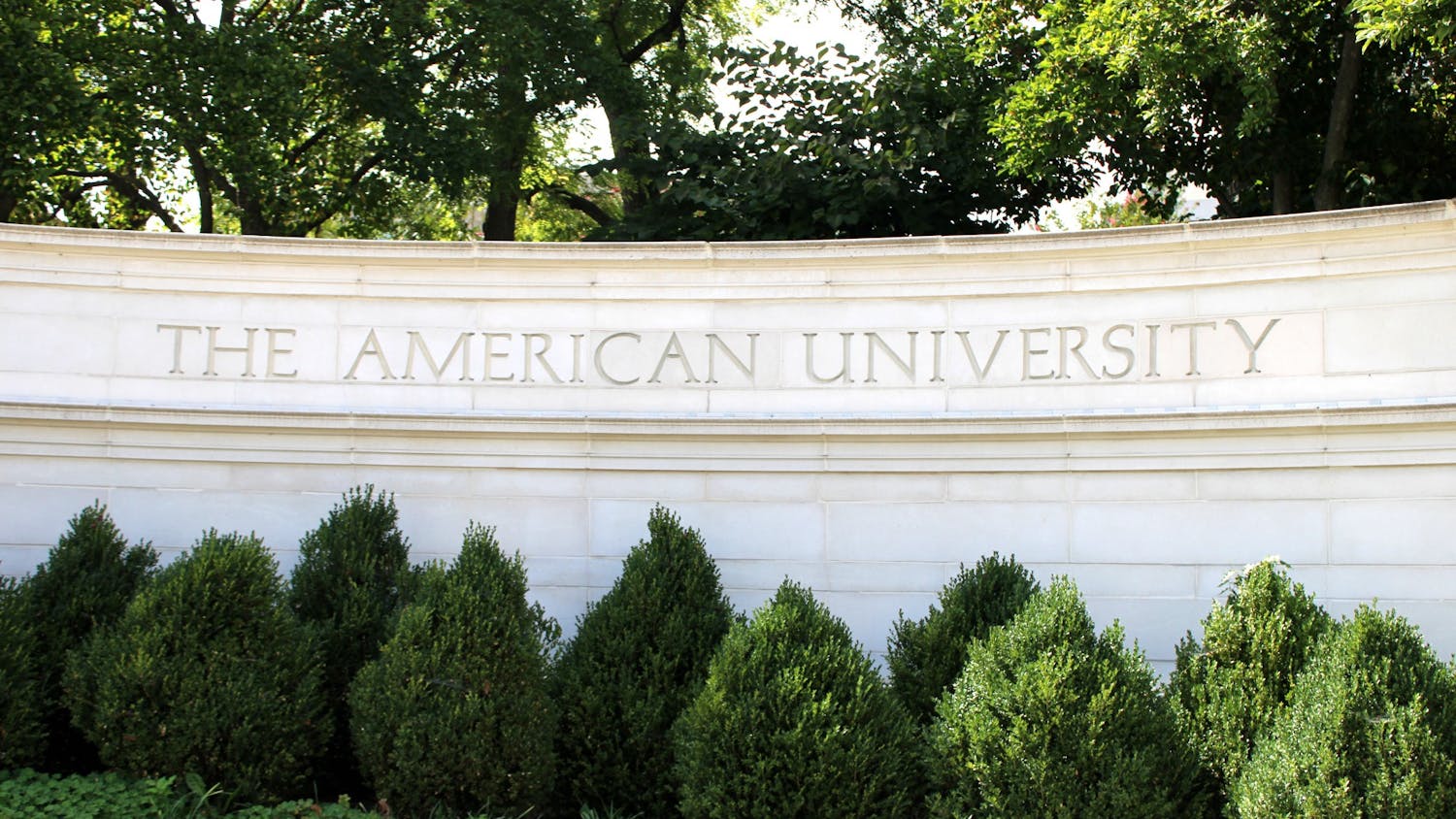The Army Corps of Engineers siren test Nov. 7 was marked as a success because it could be heard in the required shelter-in-place zone, which ends a few feet short of Centennial Hall close to Jacobs Field.
While it is not required for students be able to hear the siren in their dorm rooms, one student said it would be helpful to hear it from there, as some students said they could not hear the warning well or at all in the South side dorms.
Daiva MacKenzie, a senior in the College of Arts and Sciences, said she was in the lobby of Anderson Hall when the siren sounded around 4:05 p.m. but could not hear it.
"But I knew it went off," she said. "I hope something will be done so that we would be able to hear it, especially if we are supposed to be in the building when it goes off."
The Army Corps announced the siren test in text messages and e-mails sent through the Alert DC system. Additionally, the university mentioned the test in its Nov. 7 Today@AU e-mail.
Venus Barieva, an Abroad at AU student and resident of Anderson Hall whose room faces Jacobs Field, said she heard something at that time. However, it was so quiet, she said she thought it was just an ambulance or a fire engine passing by the university.
Angelina Upshaw, a sophomore in the School of International Service who lives in Centennial Hall, said she didn't hear anything during the time period when the siren was supposed to go off.
The Army Corps of Engineers began excavating and removing World War I-era weapons from the site at 4825 Glenbrook Road, a university-owned property, Oct. 29. The shelter-in-place zone surrounds the site.
The university held information and shelter-in-place sessions for the occupants of buildings close to the site - Watkins, Kreeger, Hamilton and Financial Aid buildings, Jacobs Field and the Child Development Center. Sessions, including a video shown to all classes that meet in Watkins, mainly concentrated on the explanation of the shelter-in-place safety system and specific emergency procedures for each building that would be affected in the event of an emergency in the excavation area.
Shelter-in-place means everyone in the 742-foot radius surrounding the excavation area should immediately go inside the nearest building and stay there for the entire duration of the alarm. The siren will sound in cycles of three minutes, followed by 15 minutes of silence. Building occupants should shut all windows and turn off heating and air conditioning units to prevent possible intake of contaminated air, according to Army Corps regulations.
There are no distinctive differences between the emergency procedures in each of the affected buildings. Upon hearing the siren, occupants should close all doors that lead to the exterior of the building, gather belongings and other materials needed and move to the nearest lounge, corridor or the second floor of the building.
In addition to the audible siren warning, those in the affected area of campus would also learn about any emergency alert through an automated phone-tree system. When the siren sounds, it triggers the system to begin calling a set list of phone numbers to alert people about the emergency. The list includes building marshals, according to David Taylor, chief of staff to President Neil Kerwin.
"Once they are alerted to the situation, they become the ones responsible for alerting people and implementing safety procedures," Taylor said.




